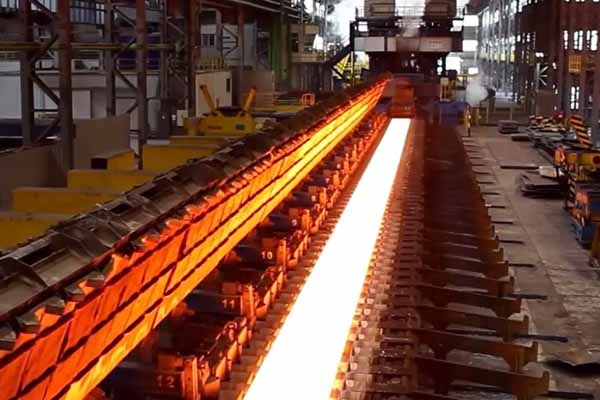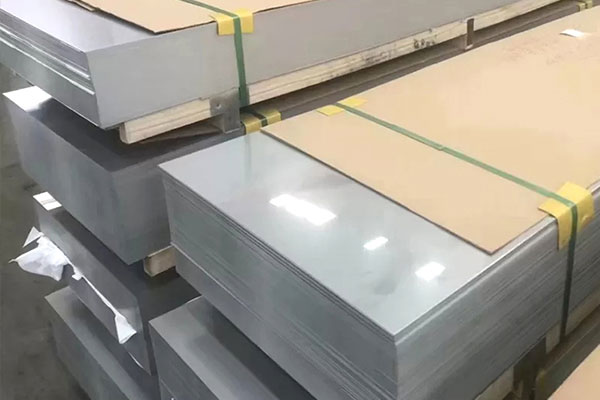Stainless steel is widely used in industrial production and manufacturing due to its excellent corrosion resistance, strength, and durability. However, different types of stainless steel differ significantly in performance and cost. Nitronic stainless steel, as a special high-performance alloy, has a significant cost difference compared to common ordinary stainless steel (such as 304 or 316 stainless steel). This article will explore the cost differences between the two from the perspectives of raw material prices, processing difficulty, service life, and overall economics.
Differences in Raw Material Costs
Nitronic stainless steel (such as Nitronic 50 or Nitronic 60) belongs to high-end alloys. Its composition typically contains higher levels of chromium, nickel, and nitrogen, and sometimes molybdenum or other alloying elements are added to improve performance. The addition of these special elements makes the raw material costs of Nitronic stainless steel significantly higher than those of ordinary stainless steel. For example, the main components of 304 stainless steel are 18% chromium and 8% nickel, while Nitronic 50 contains higher levels of nickel (approximately 20-22%) and nitrogen (0.2-0.4%), making the procurement costs of these rare elements higher.
In contrast, ordinary stainless steel (such as 304 or 316) has a wide range of raw material sources, mature production processes, and relatively stable and lower market prices. Although 316 stainless steel is slightly more expensive than 304 due to its molybdenum content, its overall cost is still much lower than that of the Nitronic series. Therefore, from the perspective of raw material procurement, the initial cost of Nitronic stainless steel is higher.
Cost Impact of Processing Difficulty
Nitronic stainless steel is significantly more difficult to process than ordinary stainless steel. Due to its high nickel content and special alloy formulation, Nitronic stainless steel exhibits higher strength and hardness during cold working (such as stamping and bending), requiring processing equipment with higher tonnage and more precise control technology. Furthermore, Nitronic stainless steel has a lower coefficient of thermal expansion, requiring stricter process control during welding; otherwise, cracks or deformation are prone to occur.
Ordinary stainless steel (such as 304 or 316) has more favorable processing properties, suitable for most conventional processing methods, and has relatively lower requirements for equipment and processes. This makes the processing costs (including labor, equipment depreciation, and scrap rate) of ordinary stainless steel generally lower than those of Nitronic stainless steel. For applications requiring complex molding or large-scale production, the processing cost disadvantage of Nitronic stainless steel becomes more pronounced.
Lifespan and Maintenance Costs
While Nitronic stainless steel has higher initial and processing costs, its superior performance often translates into long-term economic benefits. Nitronic stainless steel possesses extremely low magnetic permeability, excellent resistance to stress corrosion cracking, and high-temperature stability, making it particularly effective in extreme environments such as marine, chemical, or high-temperature, high-pressure scenarios. Its wear resistance and fatigue resistance are also significantly superior to ordinary stainless steel, resulting in a longer service life and lower maintenance requirements.
Ordinary stainless steel (such as 304) performs well in general environments, but it is prone to rusting or wear in highly corrosive or abrasive environments, potentially requiring more frequent maintenance or replacement. While 316 stainless steel offers stronger corrosion resistance, it still cannot match the durability of the Nitronic series under extreme conditions. Therefore, from a total life-cycle cost perspective, Nitronic stainless steel may be more cost-effective in the long run.
Overall Economic Comparison
In summary, the cost advantage of Nitronic stainless steel lies primarily in its high performance and long service life, making it suitable for critical applications with extremely high material performance requirements (such as aerospace, high-end chemical equipment, or medical devices). Ordinary stainless steel, on the other hand, with its lower initial cost and wider applicability, is the preferred choice for most conventional applications.
If the project budget is limited and the operating environment is not demanding, ordinary stainless steel (such as 304 or 316) is a more economical option. However, if the project requires handling highly corrosive, abrasive, or high-temperature and high-pressure environments, Nitronic stainless steel, although requiring a higher initial investment, can reduce long-term costs through reduced maintenance, extended service life, and improved reliability.
 English
English Русский
Русский







